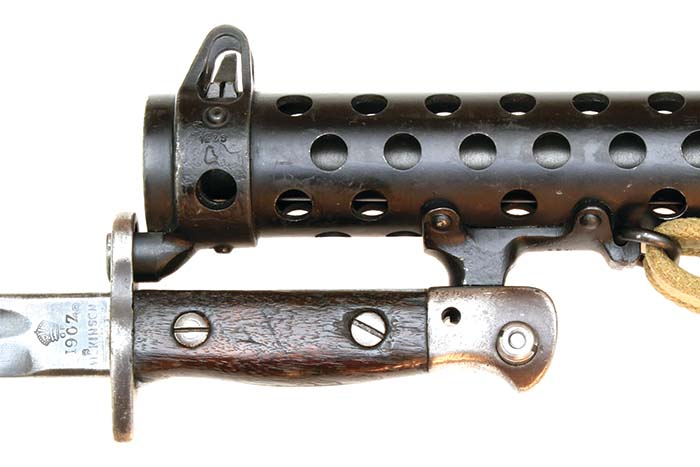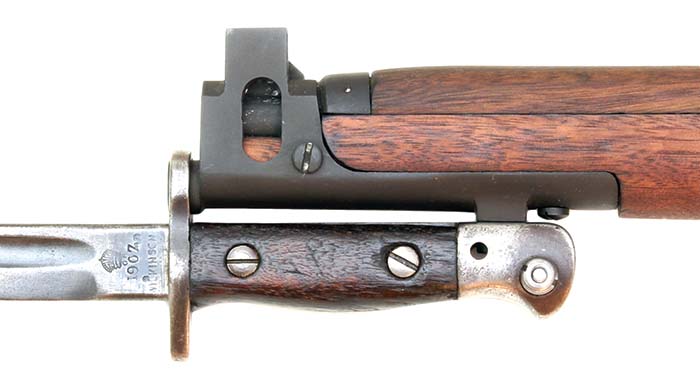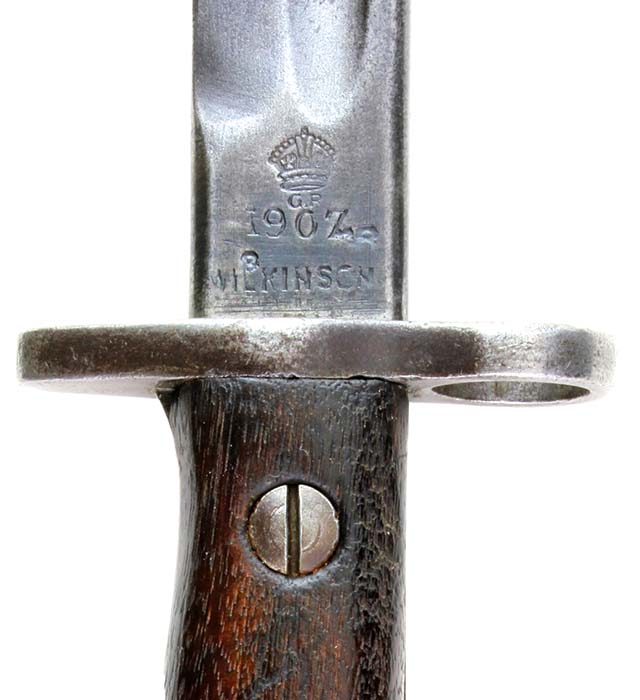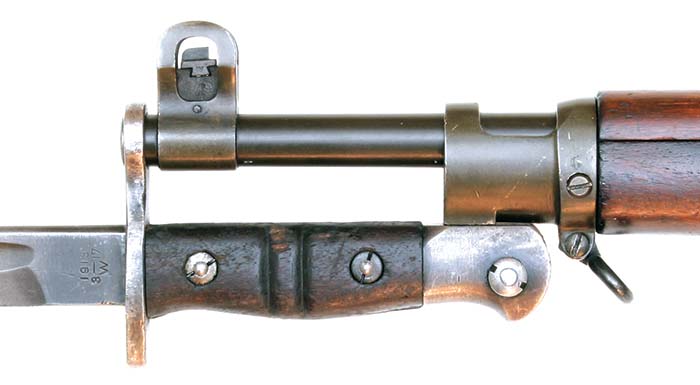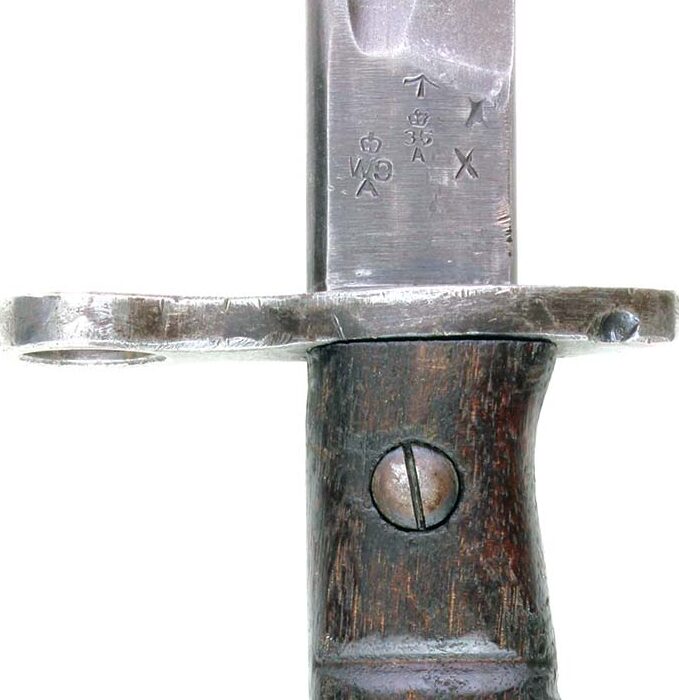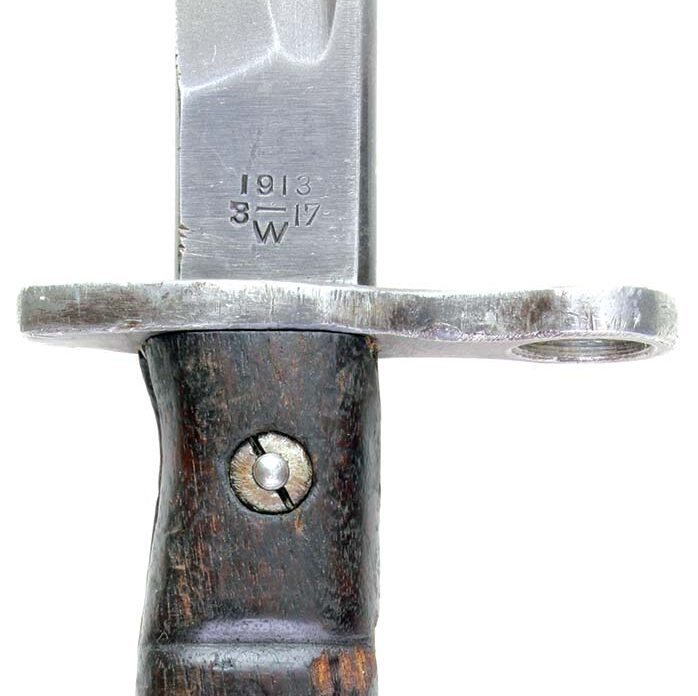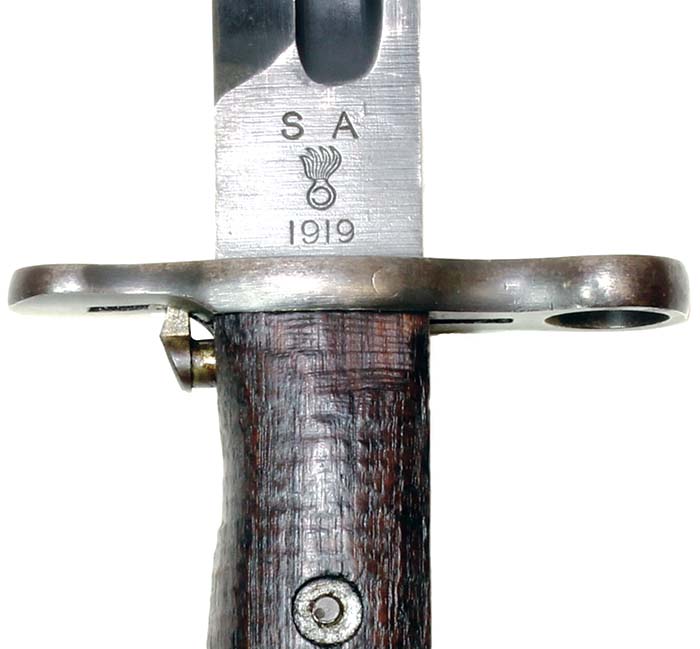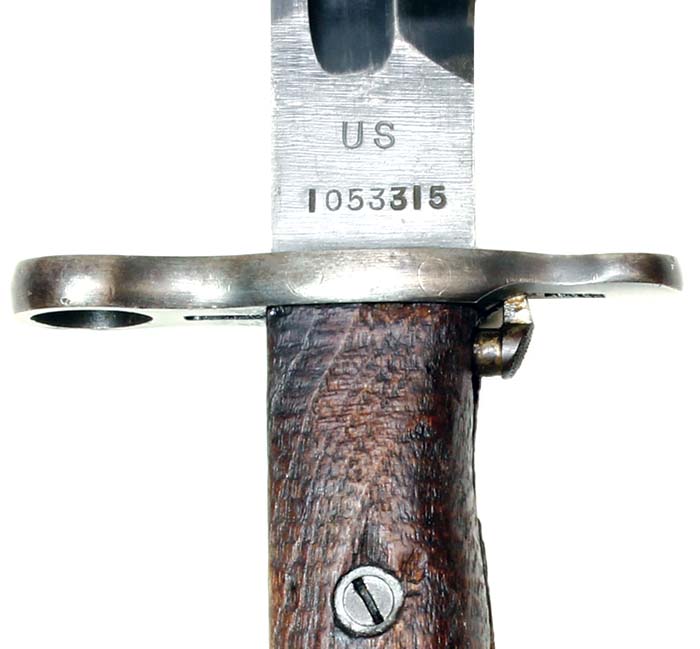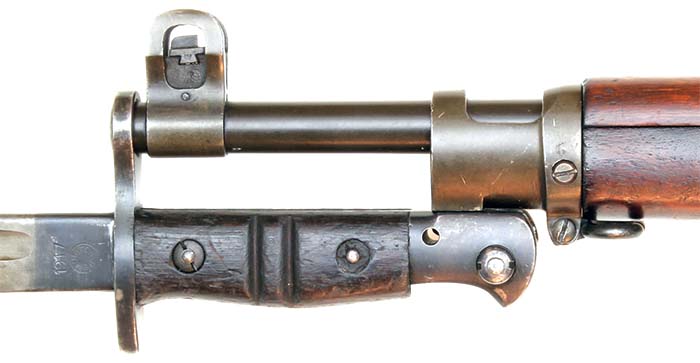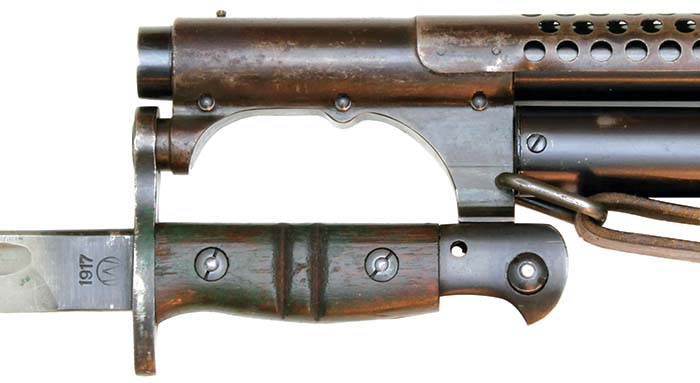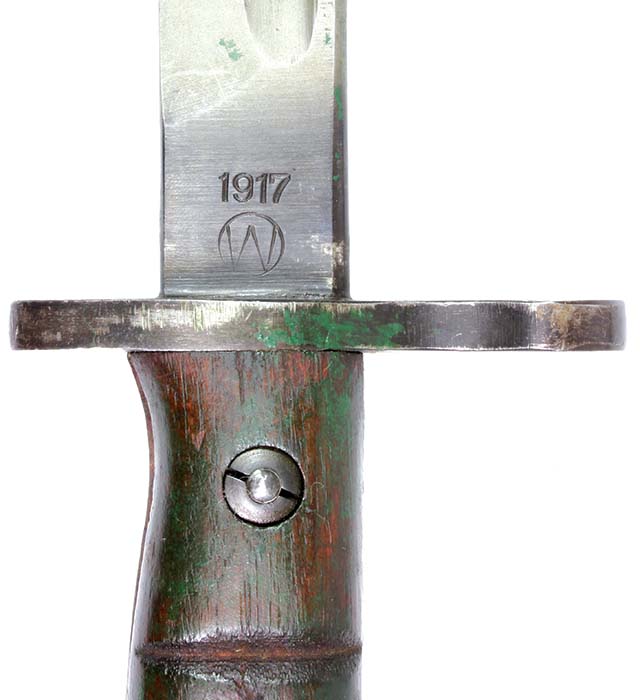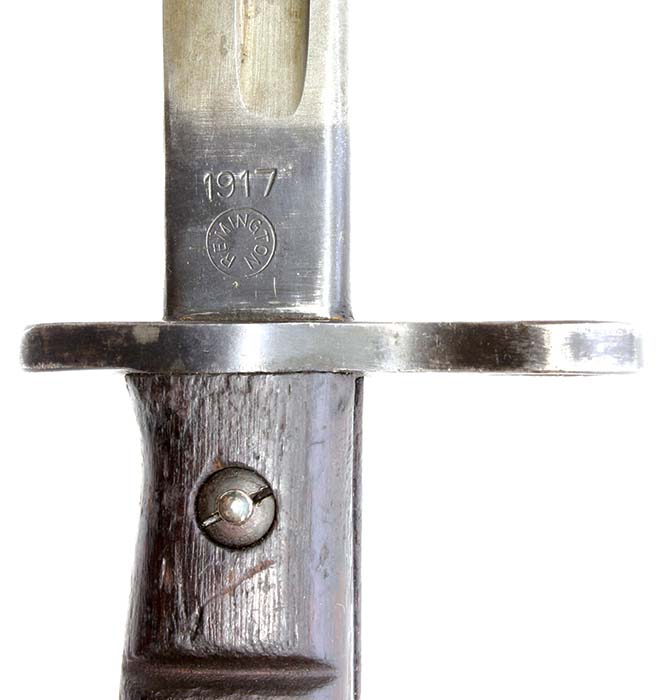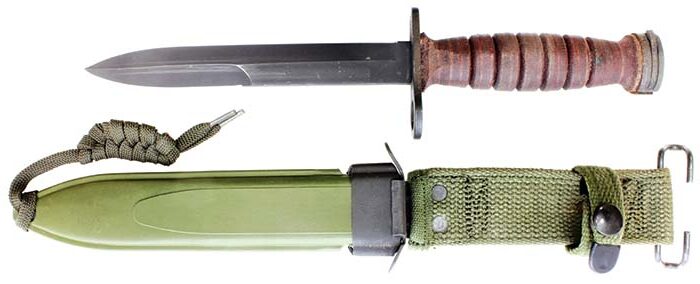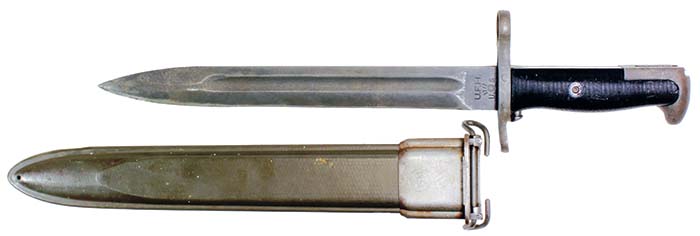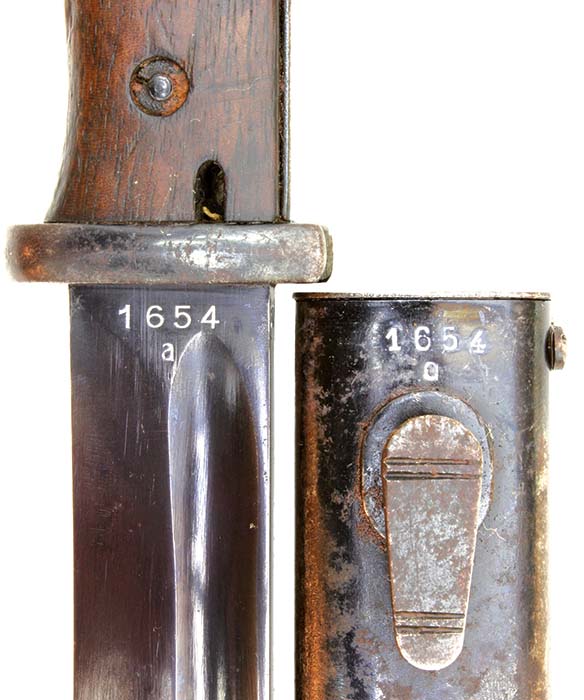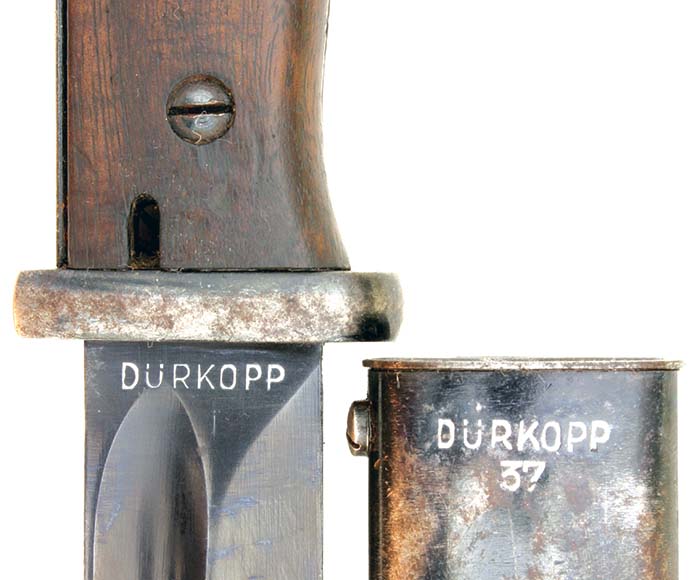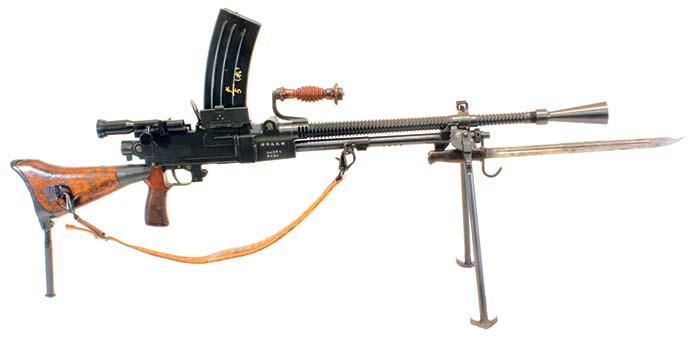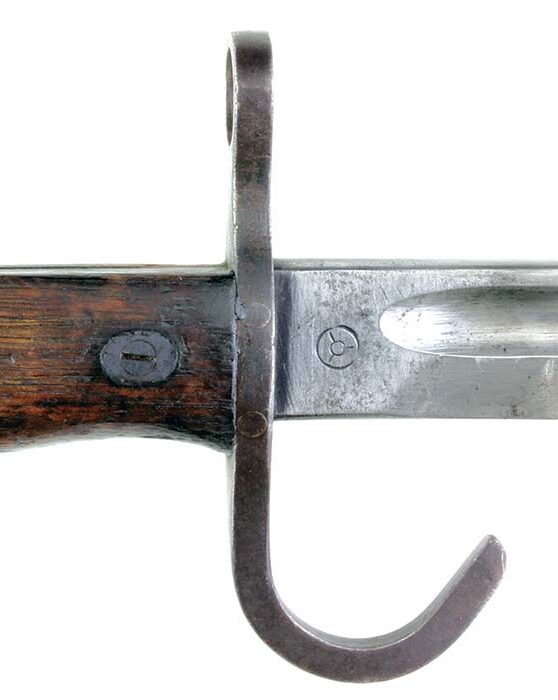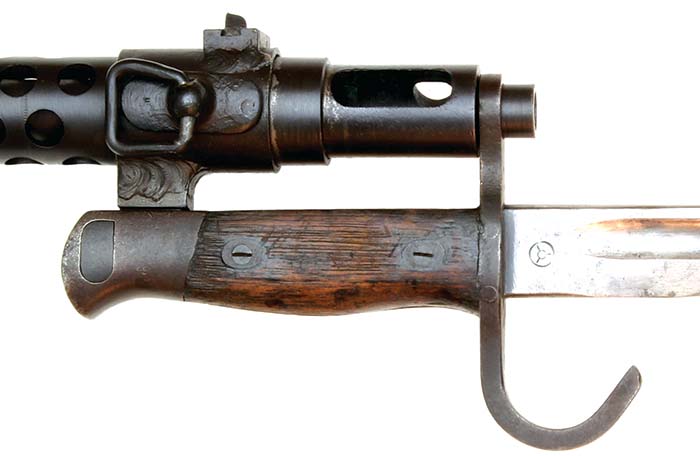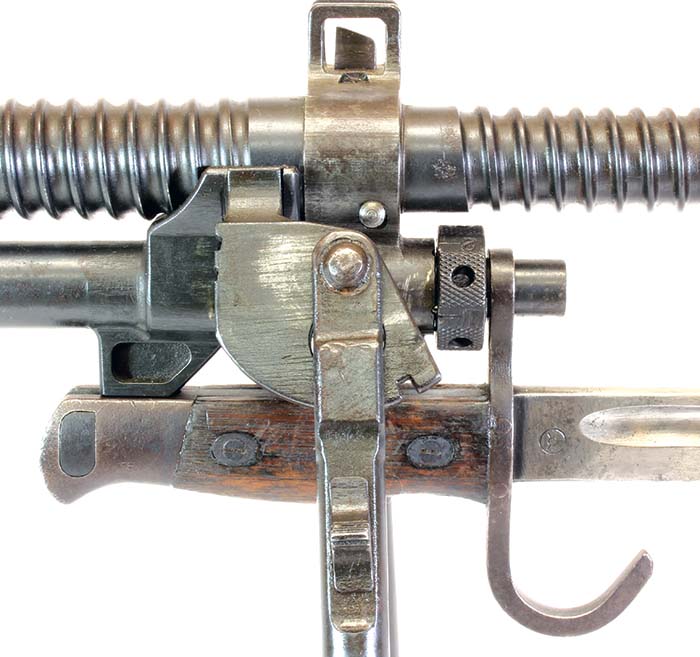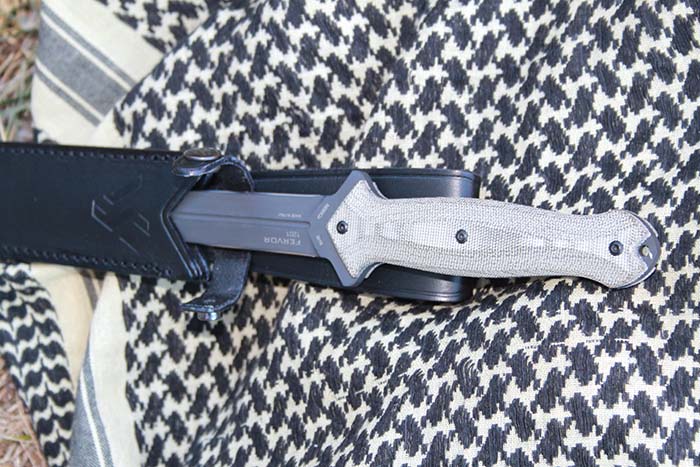By Robert G. Segel
For centuries prior to the advent of firearms, a metal blade of some sort was the primary weapon of warfare. It took many forms, in many lengths, in many metals and were known by many names: pikes, spears, lances, bayonets, swords, daggers, knives, dirks, and stilettos to name just a few. The brutal encounters of ancient armies in hand to hand combat armed with metallic blades of any sort was a gruesome act and required fortitude of the highest degree.
Firearms pulled the combatants apart allowing the encounter to be done at a distance and, to some degree, depersonalized the combat. But, warfare being what it is, when ammunition ran out, or the firearm became disabled, and face to face combat was imminent, then one’s life depended on the blade.
Blades have the advantage of being used for centuries and thus the research and development in their use in different circumstances is well documented. It was recognized early on that a distance between the combatants played an important part in the survivability of the warrior. Thus, lances, pikes, long swords, etc., evolved in the fighting arsenal.
In the early years of firearms development, when matchlock and flintlock rifles afforded single shots and a slow reloading time, spikes were affixed to the rifles. These early socket bayonets gave the added benefit of a stabbing spike at the end of the rifle allowing extra distance to the enemy like a lance.
While smaller hand held battle blades serve a useful and generally specific purpose, the blade attached to the end of a rifle during an advance allowed a secondary means of combat in the offense. Attacking a trench line or emplacement with a 16 or 17 inch bayonet attached to the end of a rifle is more appropriate than with a dagger or stiletto. Conversely, sneaking up on and dispatching a sentry with a bayonet is not the weapon of choice when a stealthy dagger is the appropriate weapon for the job.
Interestingly, as the battlefield changed, so did the fundamental use of the bayonet change. In World War I with the type of warfare being fought then, the military thinking continued that a long 16-inch bayonet blade at the end of a long rifle was appropriate. But the battlefield changed in World War II and the long bayonet gave way to a shortened 7 to 10 inch blade that continues to this day.
Every army in every country has some sort of battle blade and/or bayonet. There is a multitude of styles, makers, and variants that authors and collectors spend a lifetime researching. The bayonets shown here are just a sampling of the types used in World War I and II and hopefully give you an insight to their military usage of that time period.
British Pattern 1907 (P07) bayonet for the British .303 Enfield SMLE (Short Magazine, Lee Enfield) No. I Mk III rifle. This pattern of bayonet was used in World War I and World War II and was the standard British small arms bayonet. This bayonet was made in England, Australia and India. As shown here, this P07 was made in England by Wilkinson in WWI and is fitted to the WWII British .303 SMLE rifle and the British Lanchester 9mm machine carbine (submachine gun) as used by the British Royal Navy. Blade length is 17 inches with an overall length of 21.75 inches. The leather scabbard has a metal tip and throat and a round frog stud that was adopted in 1915.
British Pattern 1913 (P13) bayonet as produced in the United States for the British by Winchester and Remington. In 1913, England began designing a new rifle in .276 caliber to be called the Pattern 1913. When war broke out in 1914 production had not begun and existing facilities were busy producing the .303 cal. SMLE (Short Magazine, Lee Enfield), which was in critically short supply. It was then decided that the new rifle, to be in the standard British .303 caliber, would be made under contract in the U.S. by Remington in Bridgeport, Conn., Winchester and the new Remington plant at Eddystone, Penn. called the Pattern 14 (P14). The bayonet for the P14 remained as the Pattern 1913 (P13) as it was not modified. Because it was very similar to the Pattern 1907 (P07) bayonet for the SMLE, the grips were given two vertical grooves to differentiate the P13 from the P07 as the P07 and the P13 bayonets were not interchangeable. Remington produced about 1.24 million of the P13 bayonets and Winchester made about 225,000 bayonets for the U.S. made British contract P14 rifles. The blade is 16.5 inches long with an overall length of 21.75 inches. The leather scabbard has a metal tip and throat with a round frog stud. As shown here, a U.S. Winchester made Pattern 1913 bayonet (made in March, 1917) with English acceptance marks is mounted on a British Pattern 14 rifle made by Winchester.
The U.S. Model of 1905 bayonet was designed specifically for the Model of 1903 Springfield rifle. The ’03 Springfield originally had a rod bayonet but it did not have the durability that was desired. It was believed that a longer knife bayonet was needed since the ’03 Springfield was shorter than the previously used Krag rifle. After adoption in 1905, the bayonet was made at Springfield Armory (who produced over 1 million between 1905 and 1922) and Rock Island Arsenal (who produced just under 500,000 bayonets in runs between 1906-1914 and then again between 1917-1919). After WWI, the M1905 bayonet was made by commercial contractors and is not nearly as well made as the arsenal made bayonets. The blade is 16 inches in length and 20 inches overall. The M1910 scabbard has a wooden body with a rawhide cover with a metal throat and an M1910 wire belt hook at the throat end. It is then covered with a canvas sheath with a leather tip. It is interesting to note that unlike most previous U.S. bayonet scabbards, the M1910 scabbard was not meant to be worn on the belt but instead was to be officially carried on the left side of the soldier’s backpack. It could be worn on the belt when conditions called for it and typically in combat situations soldiers carried it wherever they felt it would be most accessible. The M1905 bayonet will also fit the M1 Garand rifle. As shown here, this Springfield Armory made (in 1919) 16-inch M1905 bayonet is fitted on a Smith-Corona M1903A3 .30-06 Springfield rifle.
The U.S. M1917 Bayonet for the U.S. M1917 Enfield rifle. Winchester and Remington were producing the .303 cal. P14 Enfield Rifle for England during World War I and when the U.S. entered the war production shifted to producing the same weapon for the U.S. army in .30-06 cal. and was designated the M1917. Winchester and Remington were also producing the Pattern 1913 (P13) bayonet for the P14 rifle and when they started producing the weapon for the U.S. army, the bayonet was designated the M1917. Except for the markings, the P13 and the M1917 bayonets are identical. The M1917 bayonet was also used extensively with seven different U.S. trench shotguns. As shown here, an M1917 bayonet manufactured by Remington is fitted on a Winchester M1917 Enfield rifle and an M1917 bayonet manufactured by Winchester is attached to a ventilated bayonet adapter for the Winchester Model 1897 trench shotgun. The bayonet blade is 16.5 inches long with a single-sided cutting edge of almost 15 inches and an overall length of 21.75 inches. The Americanized leather scabbard has a metal tip and throat like the British scabbard but instead of a frog stud mounted on the metal throat, an M1910 metal pistol belt bent wire hanger was affixed.
The U.S. World War II M4 bayonet knife was designed specifically to fit the M1 carbine and was officially issued in 1944. Early production M1 carbines had no bayonet attachment point. It wasn’t until 1944 that M1s were produced, and earlier guns retrofitted, with a bayonet attachment point. The handle is made of leather with a series of ridges for improved gripping. The 6.25 inch blade is of a single edge for about one half its length to the top and the rest of it is double edged. The overall length is 11.5 inches. The metal pommel contains the latching mechanism. The M4 knife/bayonet was used in World War II, Korea and into the early days of the Vietnam War. It continued in production to 1956 and was made by as many as 22 different manufacturers during its life span with 7 primary manufacturers during WWII. The scabbard is marked M8A1 denoting that this scabbard comes with a belt loop and a bent wire M1910 belt hook. The body of the scabbard is made of fiberglass with a canvas flap with snap loop and a metal throat. As shown here, the M4, manufactured by Camillus Cutlery Company, is mounted on a 1944 Winchester manufactured M1 carbine.
The U.S. M1 bayonet was a shortened version of the M1905 bayonet. With the onset of World War II and the adoption of the M1 Garand rifle replacing the Springfield M1903 as the primary battle rifle of the U.S. Army, there was a shortage of M1905 bayonets. Nevertheless, early in the war, military brass still believed that a long bladed bayonet was an important piece in the soldier’s personal arsenal as demonstrated in WWI and a number of commercial contractors were enlisted to put the long-bladed M1905 bayonet back into production except with a fiberglass scabbard with a metal throat with M1910 belt wire hooks designated as the M3 scabbard. The tactics of WWI were found to be invalid as the war progressed and the 16-inch blade was no longer considered to be a viable tool. Thus, the 16 inch WWI era bayonets and the early WWII made 16 inch bayonets were cut down and shortened to a blade length of 10 inches with an overall length of 14 inches. As the war wore on, the need for bayonets continued and the contractors actually started making the M1 bayonet in the new 10 inch design with plastic grips rather than wood. Since the M1905 and the M1 bayonets are of the same lineage, they both will fit the 1903 Springfield rifle and the M1 Garand rifle. The scabbard for the 10 inch M1 bayonet is an olive-drab fiberglass body with a metal throat with M1910 belt hanger wires and is designated as the M7 scabbard. As shown here, the World War II made 10-inch M1 bayonet, manufactured by U.F.H. (Union Fork & Hoe Company of Columbus, Ohio), is affixed to a Winchester M1 Garand.
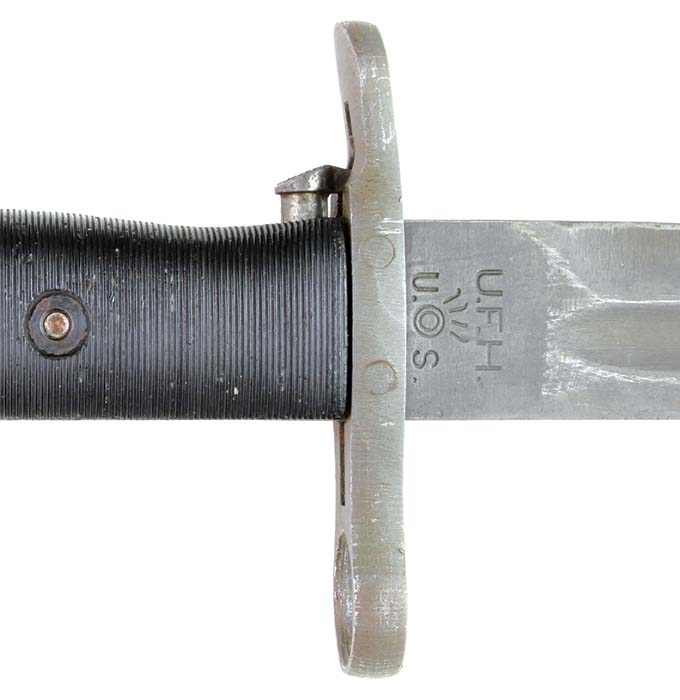
U.S. World War II triangular bayonet for the M1941 Johnson self-loading rifle. The rifle was developed by Capt. Melvin M. Johnson as an alternative to the M1 Garand rifle. Because of the barrel’s movement due to its recoil-operated action, it required a lightweight bayonet that accounts for its skeletonized appearance. It is essentially a socket bayonet without a socket that affixes to the gun by an ingenious flat spring. The M1941 Johnson rifle was used in small numbers by the U.S. Marines early in the war. The blade is 7.75 inches in length with an overall length of 11.75 inches. The scabbard, which has a simple belt loop, is made of leather and has a brass stud to secure the hilt strap. As shown here, it is correctly mounted on a Johnson M1941 rifle. A serial number is individually hand stamped on the left side of the mounting bar.


SG 84/98 III (third pattern), AKA the K98 bayonet Adopted in 1934, the standard German military rifle in World War II was the bolt-action Karabiner 98k (K98), a shortened version of the World War I Gewehr 98 rifle based on the Mauser M98 system. The standard World War II German bayonet was the SG 84/98 III (third pattern), also simply known as the K98 bayonet, and was widely produced by as many as 22 makers from 1934 to 1945. Mass production started in 1936 and the K98 bayonet was issued with a bayonet frog worn on the reverse left side of the load carrying waist belt. The K98 bayonet remained the standard issue bayonet throughout the war with minor manufacturing variations. There were some versions made with a sawback. An interesting side note is the absence of production records so the actual number produced from 1934-1945 is unknown. Researchers and collector organizations have been attempting to reconstruct maker’s codes, production years, and serial numbers. On a statistical analysis basis, otherwise known as a wild guess, it is estimated that just over 14 million SG 84/98 III bayonets were produced. The SG 84/98 III had a blade length of 9.9 inches and an overall length of 15.2 inches. As shown here, it is mounted on a K98 rifle. With matching serial numbered metal scabbard, it was manufactured by Dürkopp Werke, Bielefeld in 1937.
World War II British socket bayonet for the 9mm Sten Mk. II Machine Carbine (submachine gun). The Sten Mk. I bayonet was made of sheet steel and utilized a rod/spike blade copied from the No. 4 Mk II* socket bayonet that had a usable blade length of 7.5 inches. It is a fairly crude spike with a tubular mount that fit over the barrel and had an external spring catch that engaged one of the cooling holes at the muzzle end in the barrel shroud. Overall length is 11.5 inches. The Sten Mk. I bayonet used the existing No. 4 scabbard. Though initially believing there was a need for this type of bayonet, it is alleged that 75,280 were produced during 1943-1944; but they were apparently never issued or used and ultimately were destroyed. As shown here, the Mk. I Sten bayonet is mounted on a Sten Mk. II machine carbine.
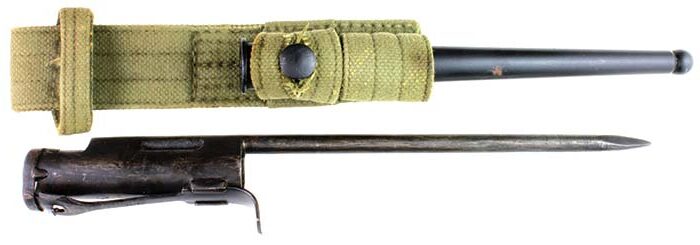
The World War II Japanese Type 30 bayonet (also known as the Pattern 1897 bayonet) was the standard bayonet of the Imperial Japanese Army during the war and was utilized with the Arisaka Type 30 rifle and later the Type 38 and Type 99 rifles as well as the Type 100 submachine gun and Type 96 and 99 light machine guns. Over 8 million were produced and remained in use from the Russo-Japanese war to the end of World War II. It was manufactured in Japan and in occupied territories. The Type 30 Bayonet is a single-edged sword/bayonet with a blade length of 15.75 inches and an overall length of 20.25 inches. Early Type 30 bayonets had a hooked quillion guard and fullered blade giving it a distinctive appearance. The scabbard is an all metal affair with a metal loop at the throat for attaching a leather strap from a belt attaching frog. As shown here, the Type 30 Bayonet fits on the Japanese Type 100 submachine gun and the Type 99 light machine gun indicating its universal usage among Japanese small arms. This particular bayonet shows the manufacturer marking of the Hoten (aka Mukden) Arsenal in Japan-occupied Manchuria (period of occupation 1931-1945). Their production began in August, 1939 and produced about 270,000 units. It is an early production model due to the early hooked quillion and sculptured birdshead pommel.
| This article first appeared in Small Arms Review V19N9 (November 2015) |






